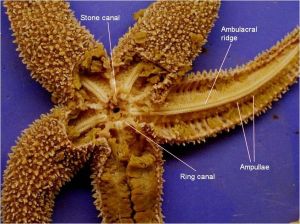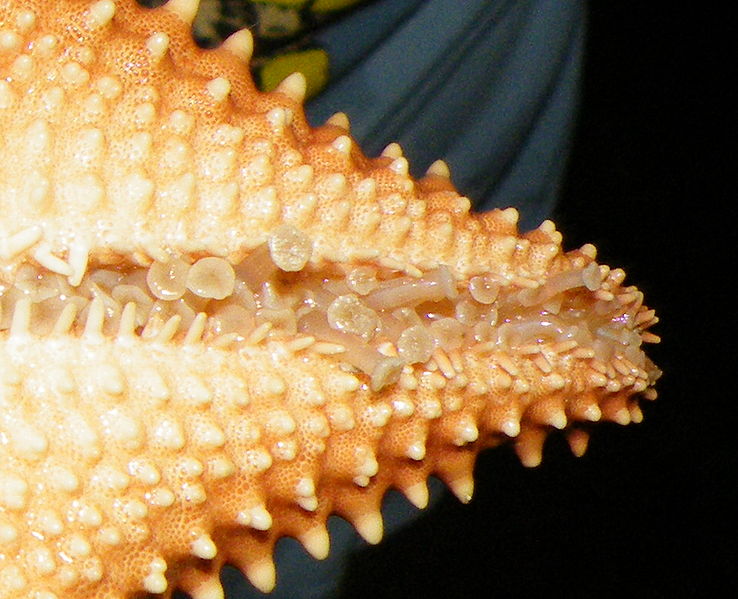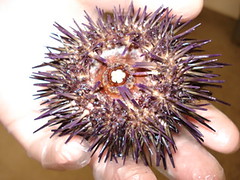Seastars can live up to 35 years in the wild! It really depends on the species. Their wild habitat includes coral reefs, rocky coasts, sandy bottom, or even the deep sea of all the world’s oceans. There are approximately 1,800 different types of sea stars.
They have been known to live up to 10 years in aquariums.
More links on seastars:
http://animals.nationalgeographic.com/animals/invertebrates/starfish.html
http://users.bigpond.net.au/je.st/starfish/index.html
But we’ve only scratched the surface here. Check back often at http://www.beachchairscientist.com for more insight about your favorite beach discoveries.




 dollar and a few others that all have these things in common: fivefold
dollar and a few others that all have these things in common: fivefold 







What people are saying …